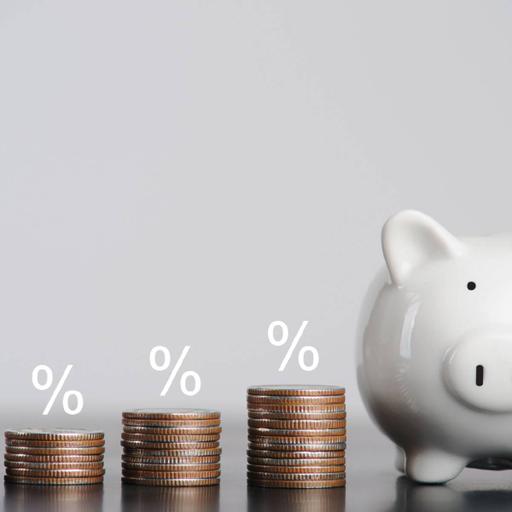Dividend Policy Decision
Presentations | English
The dividend policy decision is a trade-off between retaining earnings v/s paying out cash dividends. While determining a firm’s dividend policy, management must find a balance between current income for stockholders (dividends) and future growth of the company (retained earnings).The firm would have an optimum dividend policy which will be determined by the relationship r and k, i.e., if the return on investment exceeds cost of capital the firm should retain the earnings whereas it should distribute the earnings to shareholders in case the required rate of return/cost of capital exceeds the expected return on the firm’s investments. Dividend policy is important because it outlines the amount, method, type, and frequency of dividend distributions. This is true whether the dividend policy is formally stated. Or, informally implied. One of the objectives of dividend policy is to send signals to current investors and attract new investors. Dividend decision is related to the decision as to how much of the earning would be retained and how much will be distributed as dividend. The company decides as to what would be more beneficial to the company. Dividend policy is related to the way in which the dividend will be distributed to shareholders. The taxation policy of the Government also affects the dividend decision of a firm. A high or low rate of business taxation affects the net earnings of company (after tax) and thereby its dividend policy. Similarly, a firm’s dividend policy may be dictated by the income-tax status of its shareholders.

Free
PPTX (42 Slides)
Dividend Policy Decision
Presentations | English
